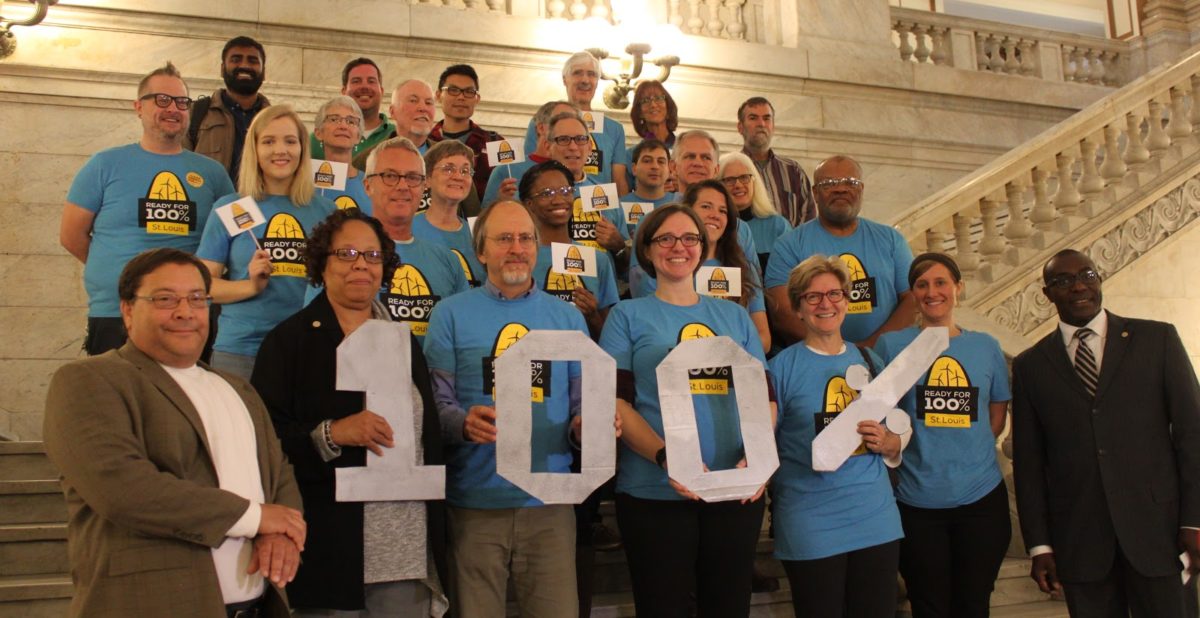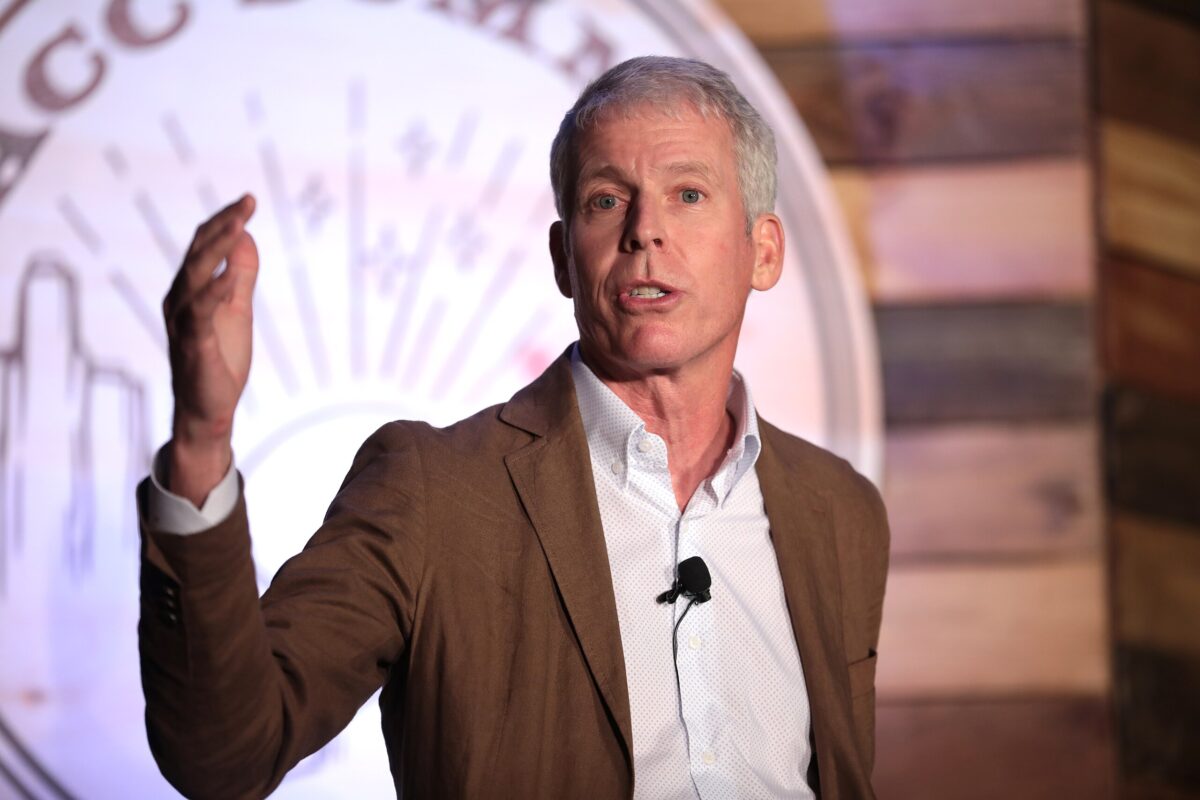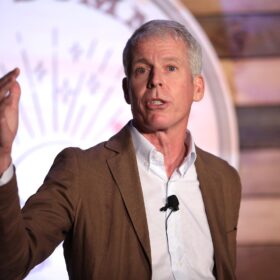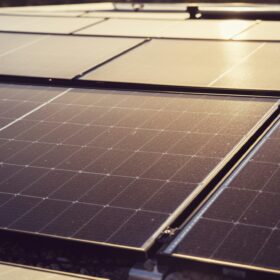This winter and spring have seen explosive growth in the movement towards 100% clean and/or renewable energy in the United States. At the beginning of December only Hawaii and California had mandates to fully decarbonize their electricity supply, and slightly more than six months later there are six state-level jurisdictions (including Washington D.C.) and a few more states that have set carbon reduction targets (Colorado) or non-binding goals (Nevada).
As of yesterday, this includes Washington State, with Governor Jay Inslee (D) signing a bill to mandate 100% carbon-free power by 2045, and for all electricity sales to be carbon-neutral by 2030.
The progress is not limited to states, with some of the nation’s largest cities including Chicago joining more than 100 other cities and setting ambitious targets to decarbonize.
As such, the 100% clean energy movement has a lot to celebrate, and on a call yesterday organized by the Sierra Club’s Ready for 100 campaign, organizers ran victory laps over the recent successes, which bring nearly 1/5 of the population of the United States under a timeline to decarbonize.
Partisan decarbonization
These are not the only efforts; in Illinois a bill has been introduced to put the state on a path to 100% renewable energy by 2050, and in Maine a 100% renewable energy by 2050 bill has been put forward by the office of Governor Janet Mills (D). Additionally, there is a 100% clean energy component in the omnibus energy bill that has passed the House in Minnesota.
This accounts for most of the states where Democratic governors elected in last November’s “blue wave” pledged to put their states on a path to 100% clean and/or renewable energy by 2050 or sooner.
There’s only one problem: all of the states that have passed 100% clean and/or renewable energy mandates to date have done so with Democratic Party trifectas, with both houses of the state legislature and the governor’s office. (Puerto Rico has a different party structure.)
And while this also applies to Illinois and Maine, it does not apply to Minnesota, and sources close to the political process have informed pv magazine that the Republican-led house will not pass a 100% clean energy mandate.
This should not be surprising. The Republican Party has been the headquarters of climate denial in the United States, and even where Republican politicians have acknowledged the danger that climate change poses, and/or support zero-carbon energy sources for other reasons, they have preferred voluntary measures to decarbonize, versus mandates.
Where to from here?
In the remaining 43 states that have not yet set a timeline to fully decarbonize their electricity, Democratic Party dominance of the state government is more rare. And as such, this poses a challenge to the 100% renewable energy movement.
However, as revealed by Sierra Club and its partners on yesterday’s call, this does not fundamentally change their strategy. Jodie Van Horn, who leads the Sierra Club’s Ready for 100 campaign, says that the campaign will continue to focus on “amplifying the demand of the public and large energy consumers,” and that this is affecting how utilities think about their business.
Van Horn cites the moves by Idaho Power to commit to 100% clean energy as an example of how her campaign can succeed in state where the political leadership is less interested in clean energy, and notes that this followed the commitment by Boise – the largest city in Idaho Power’s service territory – to 100% renewable energy.
Additionally, the campaign is mobilizing through faith communities, including the efforts of Interfaith Power and Light in Mid-Atlantic states. Joelle Novey of Interfaith Power and Light noted on the call that religious leaders “really get heard, in a way that just the usual suspects advocating on behalf of climate change do not.”
However, it is also worth noting that Idaho Power’s commitment to 100% clean energy, like all utility commitments, is voluntary, and not enforceable like state-level mandates. Additionally, despite the support of some Catholic groups in Maryland, Governor Larry Hogan (R) has not yet signed a 50% by 2030 renewable energy mandate that passed both houses more than one month ago – let alone any commitment to full decarbonization.
At the end of the day, all of the talk by major trade groups of “friends on both sides of the aisle” by major clean energy trade groups pales before the reality that the Republican party is holding up progress on setting timelines to decarbonize at the state level. And no amount of rationalization in interests of short-term political convenience changes that.
This content is protected by copyright and may not be reused. If you want to cooperate with us and would like to reuse some of our content, please contact: editors@pv-magazine.com.









Society is really sluggish as a whole to change on this thanks to the Fossil Fuel industry. 100% renewable energy is just not a boutique energy, it is survival of mankind and the life on earth that we need.
We should not be so naïve to forget that the fabrication of solar panels over in China is resulting in massive amounts of caustic chemicals like sodium hydroxide and hydrofluoric acid to be dumped into the environment. And coal is being burned to provide the electricity to make the panels.
Rather than throttle the 100% green energy, a balanced approach to a healthy sustainable environment might include a shared emphasis on green manufacturing certification for all components of solar PV systems.
And green power for whose enjoyment. We might also pressure Chinese companies to provide world-rate wages rather than slave labor rates to their “citizens.”
We should be good stewards of God’s creation, and we should be good stewards of God’s people, all over the world.
I agree that proper environmental controls on supply chains are important, and I think certification of components is a great idea.
However, do you have any sources that support your claim of “massive amounts” of caustic chemicals including NaOH or HF acid? I know that there have been HF spills in the past, but I have not heard anything about recent spills, and I know that this has been an area of attention by Silicon Valley Toxics Coalition and others.
And I’d welcome stronger labor standards, but how would pressuring Chinese companies achieve that goal on a practical level? It seems like there would be several challenges here.
@Mike – Sorry but let’s not try to create moral panic from thin air. How much GHGs does solar panel production create and how much GHGs does it eliminate after 25 years of generation? I want numbers please and not strawmen or anecdotes.
The Honorable Greg Lemons, former Mayor of Abita Springs, Louisiana, signed a resolution for our Town to be 100% Clean Energy driven by 2030. He isn’t the only Southern Republican to do so. Mayors for 100, part of the Sierra Club’s Ready for 100 campaign, boasts several. If mayors continue to take the lead, state legislators are bound to follow. Paradigmatic change happens on the ground, where grassroots meet grasstops.
That is an excellent point; there is also Georgetown, Texas, and Rex Parris, the Republican Mayor of Lancaster, California implemented the nation’s first mandate for solar on new homes.
However, at the state level no 100% clean energy mandate has passed in a state house where Republicans control either house or the governor’s office. I look forward to the first one to change that trend, but I’m not holding my breath.
There are so many improvements we could make to ensure the health of our environment. Clean energy isn’t just an option, but it’s 100% necessary to ensure the survival of mankind. We are supporters of clean energy!